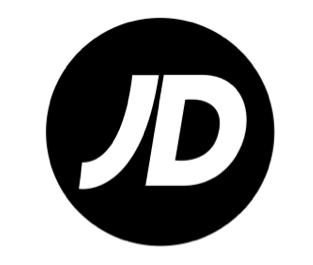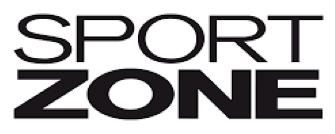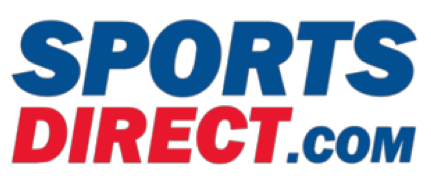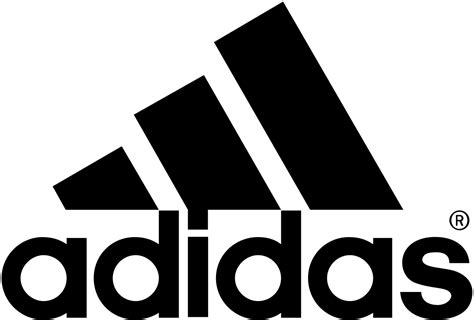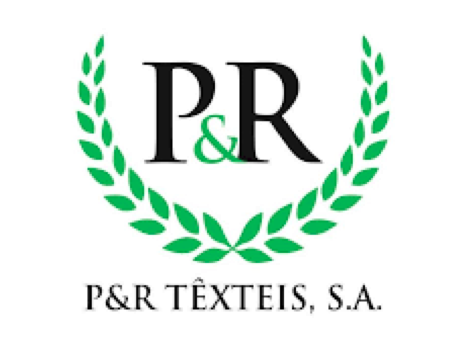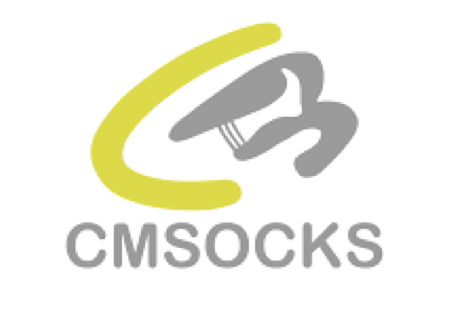Resumo
para entender esse mercado
Conteúdo detalhado
 Informações sobre o mercado
Informações sobre o mercado
- Número de páginas : 30 páginas
- Formato : Versões digitais e em PDF
- Última atualização : 14/12/2021
 Resumo e extratos
Resumo e extratos
1 Market summary
1.1 Overview and definition of the sporting goods market
A sports item can be defined as equipment used to practice a sport . It can be clothing (shoes, jerseys...), equipment (tennis rackets, soccer balls, handballs...) or even machines, especially those used for weight training (rowers or mats for example). It is necessary to distinguish two aspects, the manufacture and distribution of sports equipment The study will focus on the distribution of these products while giving the main specificities of the manufacture of sporting goods in Portugal.
Care must be taken to distinguish the sporting article from the sporting equipment, the latter designating an arrangement or structure that allows the practice of one or more sports.
Nevertheless, the sportswear clothes whose style has been designed in the United States, can be considered as a sports item although this is more of a clothing trend than real articles developed for sports practice.
In a market once made up of small family businesses, the last few decades have definitively changed the established order. Production is no longer the same, transformed by technological innovations, globalization and large companies, such as JD Sports or Décathlon, which have control over the distribution of sports products. In addition, more and more startups are trying to make the most of a high-potential market.
1.2 A fast-growing global market
The sale of sporting goods worldwide in **** represented a market of *** billion dollars according to the figures of LSA-conso, a third of which is controlled by ** major sports brands. The main sports goods distribution brands are Intersport, Décathlon and Foot Locker.
Market growth in the same year was *.*% . According to ...
1.3 The Portuguese market is beginning to grow again
According to Eurostat data, after a decline in sales over the period ****-****, the market for sports goods (***) is gradually recovering to reach ***.* million euros in Portugal in **** .
Source: ****
Generally, European countries prefer to import rather than manufacture on their territories, so the manufacture of sporting goods often represents a small ...
1.4 Foreign trade
Portugal imports almost as much as it exports sports goods worldwide: the coverage rate (***) is ***%.
The amount of exports is ***.* million euros in ****, representing a CAGR of **% over the ****-**** period . Portugal mainly exports to other EU Member States: according to data Eurostat **% of Portugal's exports of sporting goods go to ...
2 Demand analysis
2.1 Economic and structural demand
The Portuguese are doing less and less sport
The current evolution of lifestyles (***) naturally implies a decrease in the regular activité
According to a study carried out by the Portuguese daily newspaper Público using Eurobarometer data for sport and physical activity, **% of Portuguese people reported in **** exercise a sporting activity ...
2.2 New consumer trends
A new type of audience
The future for manufacturers and distributors of sporting goods lies in the sale of products to segments that are still under-exploited . However, brands pay particular attention to to women as they represent a new market opportunity for the sporting goods market, as their interest in sporting ...
3 Market structure
3.1 Strength in presence and organization of the sector
Two categories of actors: manufacturers and distributors
The value chain in the sports goods market in Portugal can be divided into two main categories manufacturers and distributors . It is possible to identify * main types of manufacturers (***):
o The new entrants positioned in emerging market segments (
o The specialist manufacturers Historical players, ...
3.2 A production in several stages
The production process depends on the product in question. However, the preliminary step is always the same: the analysis the needs of athletes. Then comes product design. Designers and engineers, more or less numerous depending on your technicality of the product, work together to design the product so that it meets ...
3.3 New practices: the rise of e-commerce
Many physical stores are closing in favour of Internet sales.
As shown in the graph below, a Eurostat study shows that **% of respondents had purchased a good or service on the Internet in the three months preceding the survey (***), compared to only **% in ****, representing a **% growth over the last eight ...
4 Analysis of the offer
4.1 An abundance of products
There is a multitude of sports equipment available on the market . Most are simple and generally provide little added value (***).
It is possible to make another distinction between the products available on the market:
o The équipements These are the objects that will be used by athletes to help them ...
4.2 Product trends
- The rise of leasing in Portugal
The " The " leasing" of sports equipment a form of long-term rental that allows consumers to acquire items at a lower cost and change products regularly, is increasingly appealing to consumers. The trend previously reserved for the automotive sector is gradually spreading to more varied sectors, ...
4.3 Counterfeiting that costs the Portuguese market dearly
Although the French sports market is much more affected by counterfeiting (***).
Source: ****
These illegal sales are costly both to the State in terms of lost income (***) and to consumers: counterfeit products may contain toxic products that are dangerous to their health.
5 Rules and regulations
5.1 Regulations: textile and sportswear products
In particular, textile products are subject to transparency obligations with regard to product composition. According to the DGCCRF, "the labelling or marking of textile products is part of a Community text, directly applicable in all Member States". [***]
As far as sportswear is concerned, brands are threatened by counterfeiting, among other things, ...
5.2 ̀me Harmonized global customs
The Harmonized System is an international nomenclature for the classification of products. It allows participating countries to classify goods traded on a common basis for customs purposes. At the international level, the Harmonized System (***) for the classification of goods is a six-digit code system. [***]
The HS contains approximately *,*** item/product descriptions ...
6 Positioning of the actors
6.1 Segmentation
- Texturarica
- Intersport International
- Decathlon Portugal
- JD Sport
- Sport Zone
- Sports Direct
- Adidas
- Nike
- P&R Têxteis
- CM Socks
 Lista de gráficos
Lista de gráficos
- Classement des principales enseignes d'articles et vêtements de sport selon leur chiffre d'affaires annuel
- Montant des échanges extérieurs d'articles de sport, selon le type d'équipement
- Classement des principaux distributeurs d'articles de sport selon leur chiffre d'affaires annuel
- Taille du marché des articles de sport
- Valeur de la production manufacturière d'articles de sport
Todos os nossos estudos estão disponíveis on-line em formato PDF
Dê uma olhada em um exemplo de nossa pesquisa sobre outro mercado!
Empresas citadas neste estudo
Este estudo contém uma visão geral completa das empresas no mercado, com os últimos números e notícias de cada empresa :
 A escolha deste estudo significa :
A escolha deste estudo significa :
Acesso a mais de 35 horas de trabalho
Nossos estudos são o resultado de mais de 35 horas de pesquisa e análise. O uso de nossos estudos permite que você dedique mais tempo e valor agregado aos seus projetos.
Beneficie-se de 6 anos de experiência e mais de 1.500 estudos setoriais já produzidos
Nossa experiência nos permite produzir estudos abrangentes em todos os setores, inclusive em nichos e mercados emergentes.
Nosso know-how e metodologia nos permitem produzir estudos com uma relação custo-benefício única.
Acesso a vários milhares de artigos e dados pagos
A Businesscoot tem acesso a toda a imprensa econômica paga, bem como a bancos de dados exclusivos para realizar suas pesquisas de mercado (mais de 30.000 artigos e fontes privadas).
Para aprimorar nossas pesquisas, nossos analistas também utilizam indicadores da web (semrush, trends, etc.) para identificar tendências de mercado e estratégias das empresas. (Consulte nossas fontes pagas)
Suporte garantido após a compra
Uma equipe dedicada ao serviço pós-venda, para garantir um alto nível de satisfação. +55 1130424966
Um formato digital projetado para nossos usuários
Você não só tem acesso a um PDF, mas também a uma versão digital desenvolvida para nossos clientes. Essa versão lhe dá acesso a fontes, dados em formato Excel e gráficos. O conteúdo do estudo pode, portanto, ser facilmente recuperado e adaptado à sua maneira.
 Nossas ofertas :
Nossas ofertas :
the sports goods market | Portugal
- Quais são os dados sobre a dimensão e o crescimento do mercado?
- O que está a impulsionar o crescimento do mercado e a sua evolução?
- Qual é o posicionamento das empresas na cadeia de valor?
- Como é que as empresas do mercado se distinguem umas das outras?
- Dados provenientes de várias dezenas de bases de dados
Pacote de 5 estudos (-15%) PT Portugal
- 5 relatórios a €75,6 sem IVA por estudo para escolher em nosso catálogo português por 12 meses
- Economize 15% em estudos adicionais adquiridos
- Escolha ser reembolsado por qualquer crédito não utilizado ao final do período de 12 meses (duração do pacote)
Consulte os termos e condições do pacote e o reembolso do crédito não utilizado.








